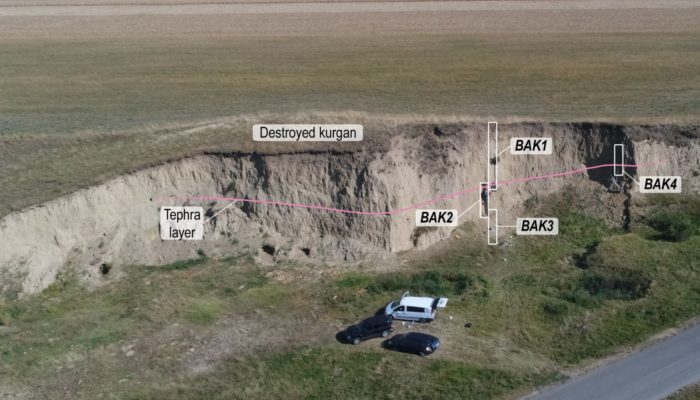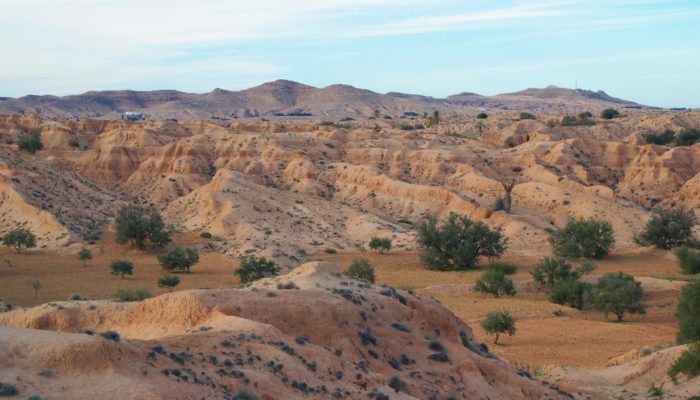As you have learned from our previous posts, loess is a widespread terrestrial sediment, known to be an important archive for the changes of past environmental and climatic conditions. In order to use loess as a proxy, we first need to investigate the age of the sediments. In loess, different dating methods can be used, such as luminescence dating, radiocarbon dating, magnetic stratigraphy, and or ...[Read More]
What’s my age again? Comparing dating methods in loess

Figure 1: The investigated Balta Alba Kurgan loess-paleosol sequence in Romania with the partly preserved Kurgan on top (black dashed line). Sampled profiles are indicated by the white rectangles and the stratigraphically important tephra layer is highlighted in pink (adapted from [1]).

